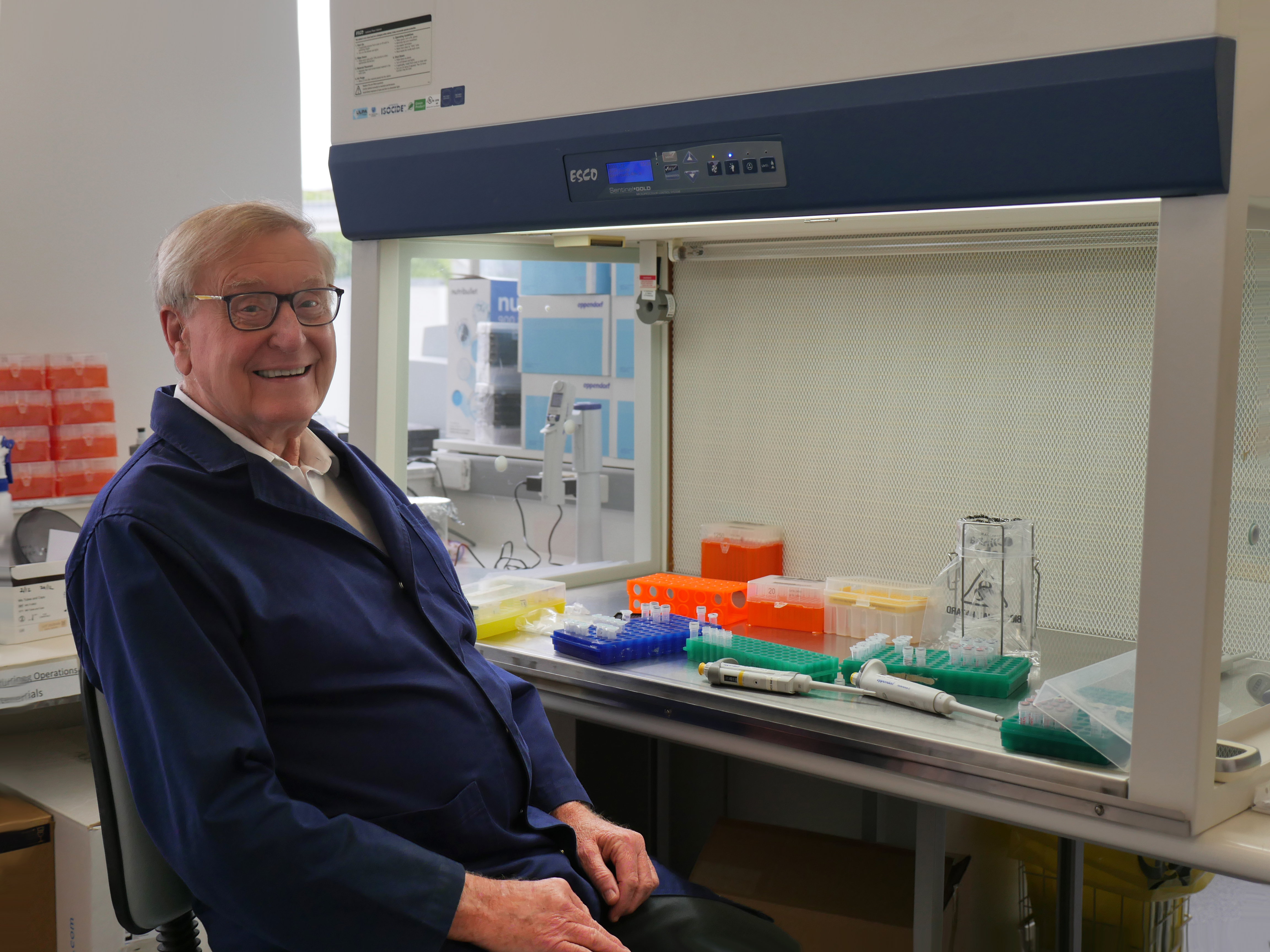Research in Geelong leads to a worldwide advance in diagnosing Whipple’s Disease
An innovative research project by the Australian Rickettsial Reference Laboratory at Barwon Health has uncovered a new and simpler method to diagnose Whipple’s Disease without the standard invasive, expensive and painful procedure that patients have previously endured.
Whipple’s disease is a rare disease caused by Tropheryma whippeli bacteria that can have a devastating effects on those affected, from chronic diarrhoea, severe joint pain, endoca rditis and neurological abnormalities and even death.
rditis and neurological abnormalities and even death.
All of us are exposed to T.whippeli bacteria throughout our lives, however for most people our immune system is able to develop antibodies that destroy the bacteria before they can cause disease. Exposure only leads to Whipple’s Disease in people with a genetic mutation that blocks their immune defense from producing antibodies against the bacteria. Currently a biopsy of the affected tissue is required whenever Whipple’s Disease is suspected, which is an invasive, expensive and painful procedure.
This inspired Professor Stephen Graves (pictured), Medical Director of the Australian Rickettsial Reference Laboratory (ARRL) located at Barwon Health, to flip conventional diagnostic methods and test whether the lack of antibodies in a susceptible person’s blood, rather than the presence of the antibodies, could help diagnose this disease.
Prof Graves and his colleague Dr Kwee Chin Liew put together a research team at ARRL with a plan to investigate this novel hypothesis and potentially develop a simple diagnostic test.
Over the next three years, the team compared blood samples from Whipple’s Disease patients in Australia with blood samples from healthy people.
The results were striking. Blood taken from people with Whipple’s Disease had significantly lower IgG antibody levels than blood taken from people without Whipple’s Disease.
Prof Graves explained, ”This novel finding means that if someone has symptoms that suggest possible Whipple’s Disease, a simple blood test may now be used to exclude the disease, instead of a biopsy, and could be used as the first step towards the diagnosis.”
“If their antibodies are found to be high, they are actually unlikely to have Whipple’s Disease and would not need to undergo a biopsy. If their antibody levels are low, they may have the genetic mutation and therefore are a possible Whipple’s Disease case and may need a biopsy to confirm or refute the diagnosis.”
Dr Liew and Prof Graves recently published their findings in the Australian peer-reviewed journal Pathology, so that diagnostic laboratories across the world can now use the technique. The test is currently available at the ARRL at Barwon Health, and will continue to be validated to ensure that it is indeed a useful method to help exclude or diagnose suspected cases of Whipple’s Disease.
Meanwhile, Prof Graves, Dr Liew and their ARRL colleagues are continuing their hard work and innovative thinking to fight other rare and serious diseases including Q Fever and rickettsial infections.
More information
You can find the publication here: Liew KC, Nguyen C, Waidyatillake NT, Nguyen T, Walton A, Harris O, Athan E, Stenos J, Graves SR. A serological assay using Tropheryma whipplei antigens for the presumptive exclusion of Whipple disease. Pathology. 2024 Feb;56(1):98-103
